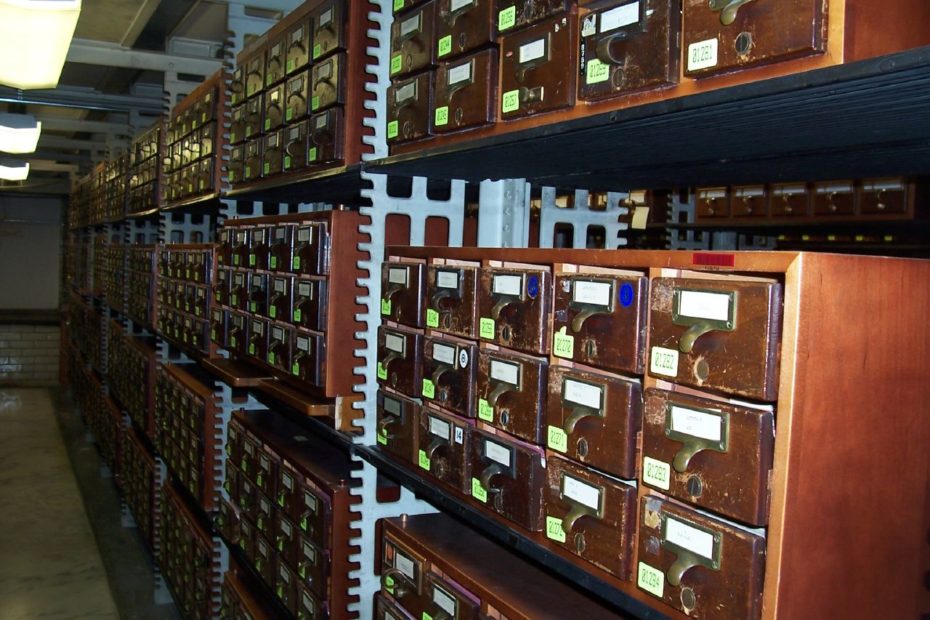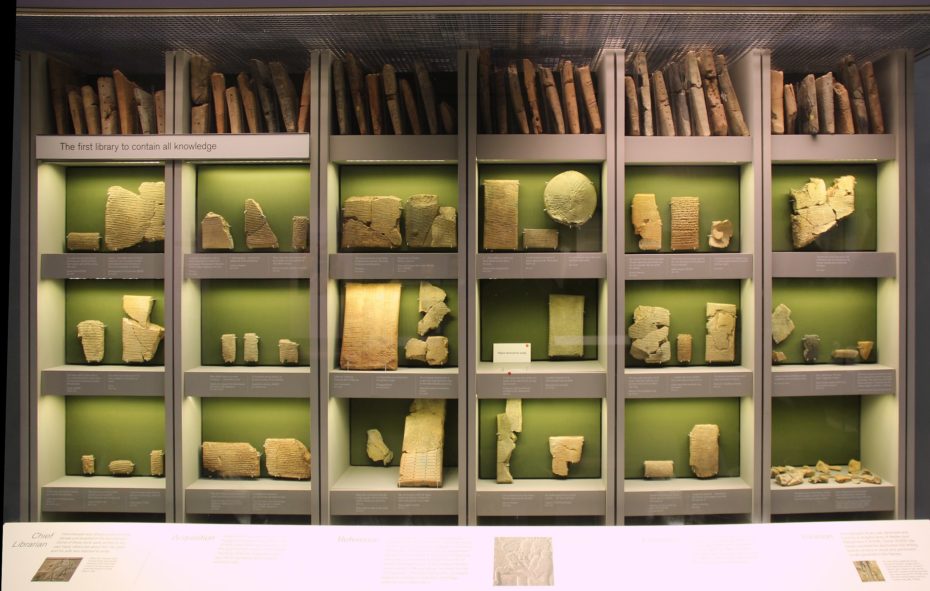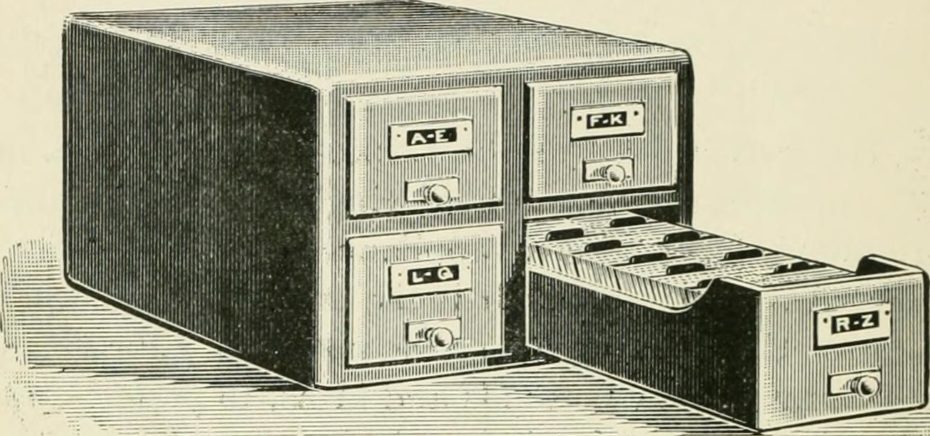Short Read [via Nina Reznick]
One morning a husband returns to the cabin after several hours of fishing and decides to take a nap.
Although not familiar with the lake, the wife decides to take the boat out, since it is such a beautiful day. She motors out a short distance, anchors, and reads her book.
Along comes a Game Warden in his boat. He pulls up alongside the woman and says," Good morning, Ma'am, what are you doing"?
"Reading a book," she replies, (thinking, "Isn't that obvious"?)
"You're in a Restricted Fishing Area," he informs her.
"I'm sorry, officer, but I'm not fishing, I'm reading."
"Yes, but you have all the equipment. I'll have to write you up a ticket."
"For reading a book"? she replies.
"You're in a Restricted Fishing Area," he informs her again.
"But officer, I'm not fishing, I'm reading."
"Yes, but you have all the equipment. For all I know you could start at any moment. I'll have to write you up a ticket and you'll have to pay a fine."
"If you do that, I'll have to charge you with sexual assault," says the woman.
"But I haven't even touched you," says the Game Warden.
"That's true, but you have all the equipment. For all I know you could start at any moment."
"Have a nice day ma'am," and he immediately departed.
MORAL: Never argue with a woman who reads. It's likely she can also think.
Sure God created man before woman. But then you always make a rough draft before the final masterpiece!!
90-Year-Old Czech Grandma Turns Small Village Into Her Art Gallery By Hand-Painting Flowers On Its Houses
In Louka, Nová Ves, Czechia
Anežka (Agnes) Kašpárková, a 90-year-old Czech Grandma is turning her village into art gallery by hand-painting flowers.

The blue and white ornaments give the chapel in Louka a mark of uniqueness. They were painted by the folk artist Anežka Kašpárková for fifty years. Her niece Marie Jagošová now continues her work. She has already drawn dozens of hearts on the facade of the chapel and other ornaments typical of Slovácko. “I thought, Virgin Mary, if you help me, it will turn out well. Then I’ll do it, “commented Marie Jagošová on her decision.

Before books were easily printed and accessible to nearly everyone, before they even took the form of books specifically, there was a different story. Information was scarce in its written form, and so scribes and scholars developed a meticulous system for organizing libraries of tablets. That’s right: the oldest known form of organizing books predates the books themselves. We have, of course, come a long way since then. Depending on your age, you might remember the tiny envelope with the stamp card in the back of your library book. That, friends, is a remnant of the Dewey Decimal System, a relic of the card catalog used in libraries for 200 years.

As of 2015, the Library of Congress site says, “You might be surprised to learn that we still sometimes use card catalogs in the Prints and Photographs Reading Room, where our cards typically lead to photographs, drawings and other visual materials, rather than books. While much of the content on the cards has been converted and added to our online catalog, some unique indices are still in use today by librarians and researchers alike.”
Moving on, 1300 years later, in 7th century BCE, the royal library of Ashurbanipal in Nineveh (upper Mesopotamia, present-day Iraq), housed 30,000 clay tablets. The scholars there organised the tablets in two ways, by shape and by content. After all, they were storing big, flat rocks, so efficiency necessitated practicality.

The more modern system that was used in libraries up until about the end of the 2000s, started with a catalog of cards to manage the personal book collection of Francis Ronalds, a 19th century English scientist and inventor, who pioneered the first practical use of this system. The mid 1800s saw the Italian publisher, Natale Battezzati develop a similar card system for booksellers wherein cards represented authors, titles, and subjects.

Most historians credit the most major step of the evolution to a name some of us may recognise, even if we don’t know why. American librarian and educator, Melvil Dewey championed the card catalog because it was so easily expandable. Weirdly, during the late 1800s, libraries were still cataloguing based on the size of the book (even though they were working with actual books now, and not tablets), whereas some libraries organised only by the author’s name. Dewey standardised the system; he organised the books first by subject, and then alphabetised them based on the author’s name. Each book got assigned a call number to identify the subject and location. The number on the card matched the number on the spine of every book.

Within the first year of development, 35,762 catalog cards, measuring 2.5 x 5″ (not much bigger than the original Sumerian one!) were hand written. In 1908, the size was standardised, making manufacture of the cards and their cabinets uniform. In 1876, Charles Ammi Cutter solidified the objectives of a bibliographic system:
Psychic Readings by Pearl
Meet Pearl de Wisdom, aka the Opossum lady. She has been making spiritual opossum videos on the internet for 10 years now on Youtube.
Meet the one of the Oldest Pasta-Making Grannies in the World! | Pasta Grannies
Mood Foods [via Nina Reznick}
High in folate, also known as folic acid, swiss chard and other leafy greens are good for your mood. In fact, a study by the University of York and Hull York Medical School found a link between low folate levels and depression.
2. Dark Chocolate
If you needed another reason to indulge in dark chocolate, it’s this one: dark chocolate can make you happier. A study in the Journal of Psychopharmacology found that consuming chocolate high in cocoa flavanols increased levels of calmness and contentedness.
3. Eggs
4. Almonds
5. Lentils
Lentils are a good source of folate which is essential for your mood, and a cup of cooked lentils provides 90 percent of the recommended daily allowance of folic acid. Lentils also have the amino acid L-tyrosine, which your brain uses to make the neurotransmitters norepinephrine and dopamine, therefore helping your brain to combat depression.
6. Pumpkin Seeds
A zinc deficiency can trigger depressive moods, but fortunately pumpkin seeds are packed with the essential mineral. Pumpkin seeds also contain L-tryptophan, a natural mood booster.
7. Oatmeal
While some think oatmeal is one of the most boring foods on the planet, it’s good for your mental state. That’s thanks to a lot of things, including high levels of magnesium, which help your brain fight depression and anxiety. Since it’s also a great source of soluble fiber, it helps stabilize blood sugar levels, which helps you avoid mood swings.
8. Honey
The nutrients in honey produce a calming effect, helpful if you’re feeling anxious, which is why many mix it into a cup of tea in the evening. A natural sweetener, it’s also a good natural energy booster, so if you feel like you’re dragging, pop a spoonful in your mouth. Nature’s energy gel.
9. Flaxseed Oil
10. Water
A glass of water may be the simplest thing you can ingest, but it’s very helpful. Mild dehydration has been shown to dampen moods, which means if you want to feel mentally stronger, make sure you’re getting enough H2O throughout the day.
11. Asparagus
Feel like you’ve been having a lot of mood swings lately? Get some asparagus on your plate, because it is very high in folic acid — a deficiency that is common in people with depression.
Reposted from We Care2
Youngest ever Van Cliburn winner Yunchan Lim
Six competitors went head-to-head at the weekend in the final round of the sixteenth Van Cliburn International Piano Competition in Fort Worth, Texas.
Over four days from 14 to 18 June, each of the finalists brought two concertos to the stage to perform with the Fort Worth Symphony Orchestra under the baton of legendary conductor Marin Alsop.
18-year-old South Korean pianist Yunchan Lim was one of three finalists to select Rachmaninov’s third piano concerto, which he performed during the third concert of the final round on Friday 17 June.
Throughout the competition, Lim performed a wide range of works by Bach to Beethoven, Chopin to Scriabin, including a highly praised rendition of Liszt’s Transcendental Études. But it was his final performance of Rachmaninov’s Piano Concerto No.3 which would seal his victory.
Yo-Yo Ma performs a work for cello in the woods, accompanied by a birdsong chorus
The Birdsong Project is an endeavour organised by the Audubon Society as a ‘celebration of the joy and mysteries of birdsong’ via visual art, music and poetry. In this music video from the album For the Birds: The Birdsong Project, Vol II (2022), the celebrated cellist Yo-Yo Ma is seen and heard performing ‘In the Gale’, which he created in collaboration with the composer Anna Clyne. Perhaps the only piece of music written ‘for cello and birdsong’, the performance sees Ma alone with his instrument in a wooded landscape, performing the poignant work alongside a chorus of some of nature’s most gifted singers.
Video by The Birdsong Project
Director: Ryan Booth













